If you’ve been considering mineral rights, Section 1031 tax exchanges are a powerful tool to defer taxes while preserving equity.
If you’ve ever considered diversifying your portfolio, mineral rights might be a valuable asset to explore. This article will guide you through the basics of a Section 1031 exchange, how it works, and how to use it to acquire mineral rights, all while deferring taxes that would otherwise be due upon the sale of a property.
What Is a Section 1031 Tax Exchange?
A Section 1031 exchange, named after Section 1031 of the U.S. Internal Revenue Code, is a tax strategy that allows you to defer paying capital gains taxes when you sell one investment property and use the proceeds to buy another similar property. The primary benefit of a 1031 exchange is the ability to defer taxes on the sale of real estate, which can be particularly beneficial for real estate investors looking to reinvest without taking a significant tax hit.
This tax-deferred exchange applies to like-kind properties, meaning the property you sell must be of the same nature or character as the property you purchase. The tax deferral is a powerful tool for growing your investment portfolio because it allows you to use all your equity for reinvestment rather than to immediately pay capital gains taxes on the gains.
How Does a 1031 Exchange Work?
The mechanics of a Section 1031 exchange are relatively straightforward. Here’s a brief overview of the process.
Sell your property. Start by selling a property that qualifies for a 1031 exchange (typically an investment property, not your primary residence).
Identify a replacement property. You have a limited amount of time—45 days from the sale—to identify the property you want to acquire as a replacement. The IRS allows you to identify up to three properties, but there are specific rules on which properties you can identify and how you must do so.
Close the deal. After identifying the replacement property, you must complete the purchase within 180 days from the sale of the original property.
Use a qualified intermediary. The IRS requires you to use a qualified intermediary (QI) to handle the funds during the exchange. This ensures you do not have access to the proceeds from the sale, which would disqualify the exchange.
It’s a tax deferral, not an elimination. Keep in mind that a 1031 exchange does not eliminate tax liability on the property being sold; it simply defers it. However, using the exchange structure can be a way to defer taxes while growing your investment.
You’re probably wondering whether a Section 1031 can be used to acquire mineral rights. The short answer is yes. You can use a 1031 exchange to acquire mineral rights as long as the transaction meets certain requirements.
Understanding Mineral Rights
Before diving deeper, it’s important to understand what mineral rights are and why they can be an attractive asset to own. Mineral rights give the holder the legal ability to extract minerals (e.g., oil, gas, coal, and precious metals) from a specific parcel of land. If you own mineral rights, you might lease those rights to an energy company or mining operation, which then pays you royalties based on the extraction of resources.
Acquiring mineral rights can be an appealing way to diversify your investment portfolio, especially in areas where energy resources are abundant. They have the benefit of being unburdened by many of the liabilities associated with traditional real estate, like maintenance and tenant issues. However, mineral rights are distinct from the real estate on which they sit. They represent a separate asset class from the physical land, which is why it’s important to understand how Section 1031 exchanges apply to them.
Using a 1031 Exchange to Acquire Mineral Rights
To successfully acquire mineral rights through a 1031 exchange, you must ensure the exchange is between like-kind properties. This can be a bit tricky because mineral rights are considered intangible property, and real estate is considered tangible property. However, the IRS allows for the exchange of both tangible and intangible property as long as they are used for business or investment purposes.
The key factor in a 1031 exchange involving mineral rights is that the properties being exchanged must both be held for investment or used in a trade or business. Here are some important points to consider:
Both properties must be held for investment purposes. The property you are selling and the mineral rights you are acquiring must both be used for investment purposes. If you are selling a rental property and acquiring mineral rights that you intend to lease out for royalties, this could qualify as a like-kind exchange.
Mineral rights can qualify as like-kind property. The IRS has determined that mineral rights can be considered like-kind property with real estate when both properties are held for investment. This means that if you’re selling an investment property, you can use a 1031 exchange to acquire mineral rights, as long as the mineral rights are also intended for investment or business use.
Due diligence is essential. Although the IRS allows the exchange of mineral rights, the process can be more complicated than a typical real estate transaction. You must carefully evaluate the mineral rights you are acquiring, ensuring they are legally sound, and you may want to consult with experts to understand the potential for extracting resources from the land. The value of mineral rights can vary depending on the location, type of resources, and existing leases, so due diligence is key to making a sound investment.
Use a qualified intermediary. As with any 1031 exchange, you must work with a qualified intermediary to handle the exchange of funds. The QI will ensure the exchange complies with IRS rules and can help you navigate the complexities of a mineral rights transaction.
A Section 1031 tax exchange is a powerful tool that can help you defer taxes when selling real estate, giving you more capital to reinvest. If you’ve been considering mineral rights, a 1031 exchange can be an excellent way to do so while preserving your equity. However, because the process can be complex, it’s crucial to work with professionals, including real estate experts, tax advisers, and attorneys who can guide you through the intricacies.
At Eckard Enterprises, we have 40 years of experience helping accredited investors directly own mineral rights and other royalty-generating energy assets. We’ve seen firsthand how 1031 exchanges have helped our clients expand their portfolios beyond traditional real estate. Reach out to our team at info@eckardenterprises.com to learn more about mineral rights and the benefits they have to offer.

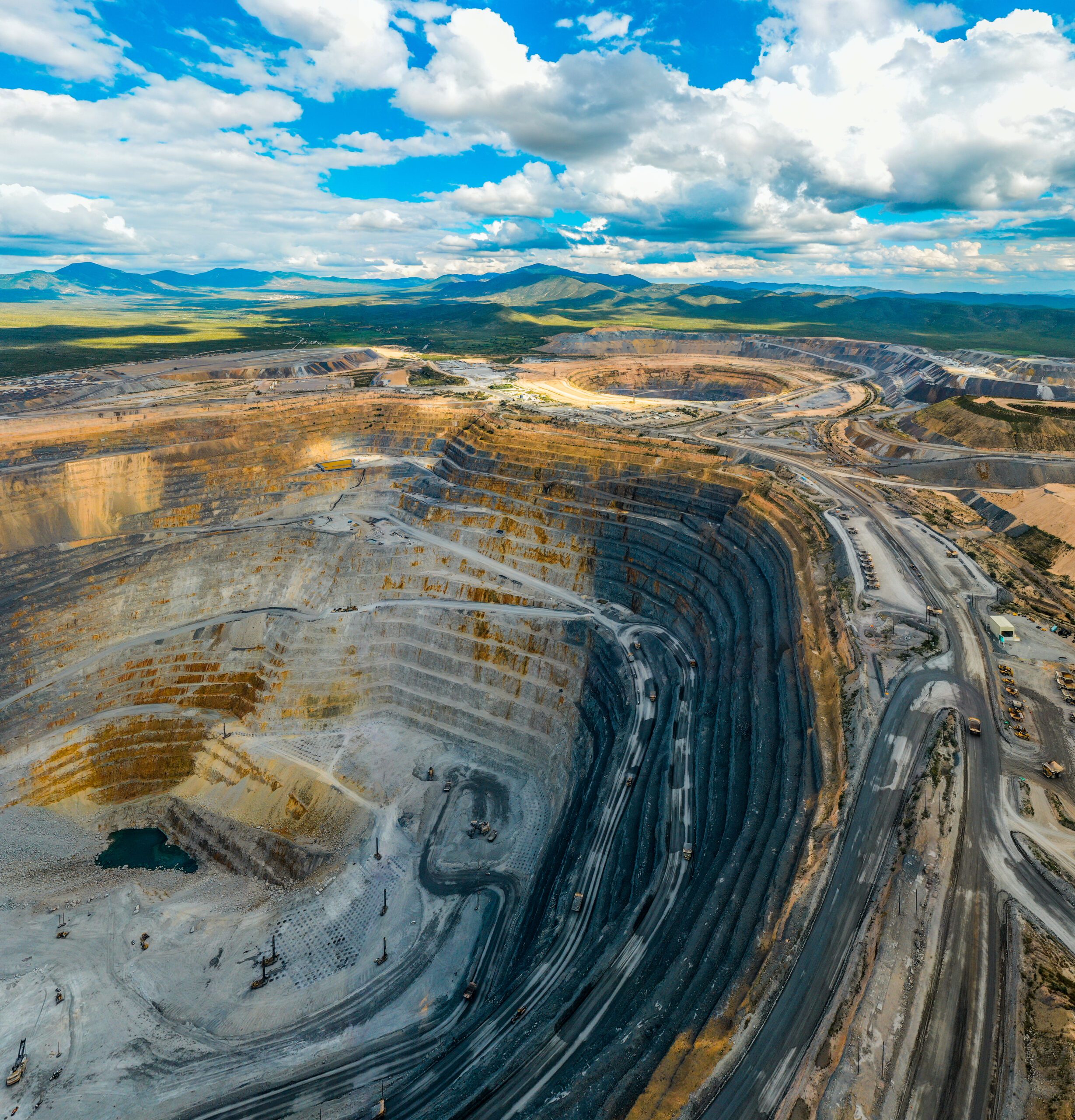




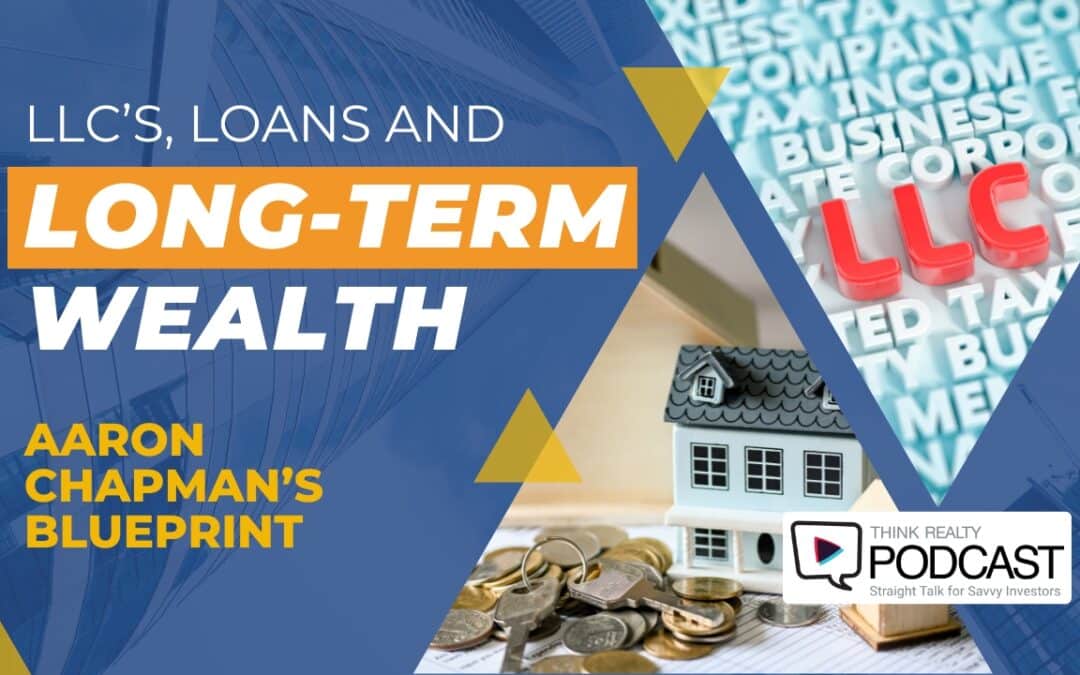



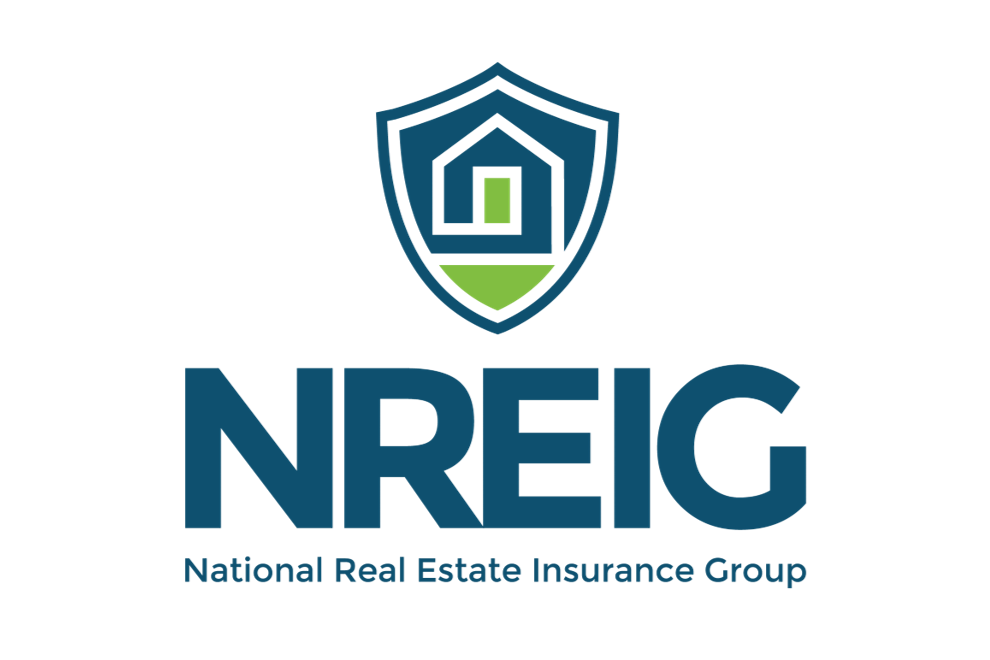


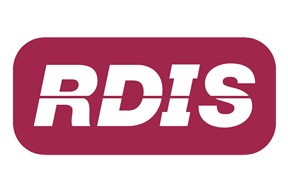

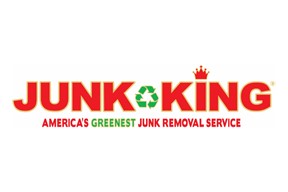






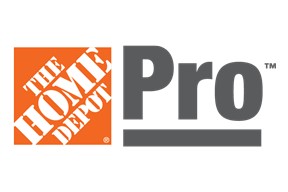

0 Comments